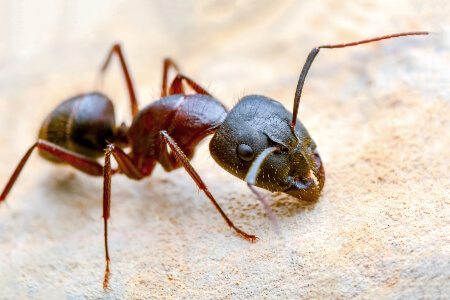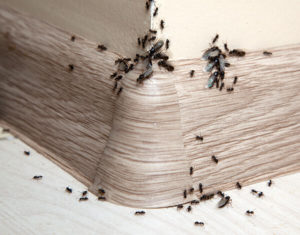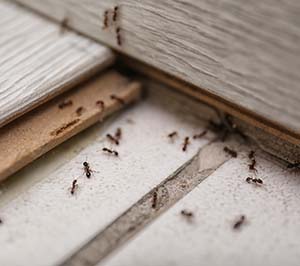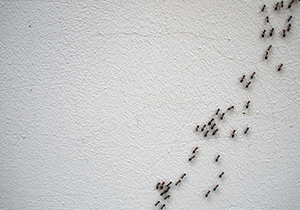Ant Exterminators – Control & Removal

Thorough Ant Control Services
Serving Washington | Tangipahoa | Saint Tammany | Livingston | East Baton Rouge | West Baton Rouge | Orleans
Since 1971, Ja-Roy has been your local leader in ant pest control. Our team knows that ants are a frustrating pest problem, as well as how difficult they are to get rid of on your own. That's where we come in. Our ant exterminators work hard to not only control active infestations in the home, but also implement prevention strategies that will keep ants away from your Louisiana home for good. Our ant control experts are committed to keeping you and your family safe from ant infestations year-round.Are Pests a Problem? Ja-Roy Can Help!
Call now Or fill out the form below and a team member will reach out shortly!
"*" indicates required fields
*During normal business hours. After hours calls will be returned the next business day.
Ant Exterminators for YOUR HOME
Ants are the number one nuisance household pest, meaning most of us have dealt with an ant problem at one point or another. Faced with this problem, many of us have also tried to get rid of the ants all on our own. Unfortunately, these DIY methods rarely work. A small ant problem can quickly explode as one colony can split off into more. To stop ants, it’s important to work with your local ant removal experts who know how to get to the root of the problem.
How We Keep Ants Away For Good
Whether you have a full-blown ant infestation or just a few ants in your kitchen, Ja-Roy can help. We will take the following steps to keep you and your home or business safe from ant infestations:
- Our ant control specialists will inspect your property to identify the source of the infestation and the ant species.
- We will apply ant control products and help exclude ants from your property.
- We will provide ongoing ant removal and prevention tips to avoid future infestations.
Need an Ant Control Estimate?
Click the Get a FREE quote button below to leave your information.
Are Pests a Problem? Ja-Roy Can Help!
Call now Or fill out the form below and a team member will reach out shortly!
"*" indicates required fields
*During normal business hours. After hours calls will be returned the next business day.
Ant Exterminators for YOUR BUSINESS
No matter what type of business you own or run, an ant problem can be a huge threat. Ants will travel far and wide in the search for food, following trails they have established and clustering around the source of food. Before long, the ants can take over your building and cause a plethora of problems. Ja-Roy provides effective, quick ant removal that targets a number of ant species in our area.
With 50 years of ant control experience, we have what it takes to keep ants away from your business all year long.
Need an Ant Control Estimate?
Click the Get a FREE quote button below to leave your information.
Are Pests a Problem? Ja-Roy Can Help!
Call now Or fill out the form below and a team member will reach out shortly!
"*" indicates required fields
*During normal business hours. After hours calls will be returned the next business day.
When it comes to commercial pest control, it’s crucial to work with an ant exterminator who has real-life experience treating ants on a large scale. Our team will set you up with a plan that guarantees an ant-free environment year-round.
We know the importance of discretion when it comes to pest control for your business When you have an ant problem, we can accommodate services at the day and time that works best for your company.
Ja-Roy has been Louisiana’s leaders in ant extermination services for 50 years. Our trained and licensed ant exterminators will control current infestations as well as prevent future ones.
Your Local Pest Control Experts.




Ant Exterminators – Control – Removal in Southern Louisiana
Ja-Roy Pest Control Services is a local Pest Control and Extermination company helping homeowners and businesses with pest issues across Southern Louisiana.






